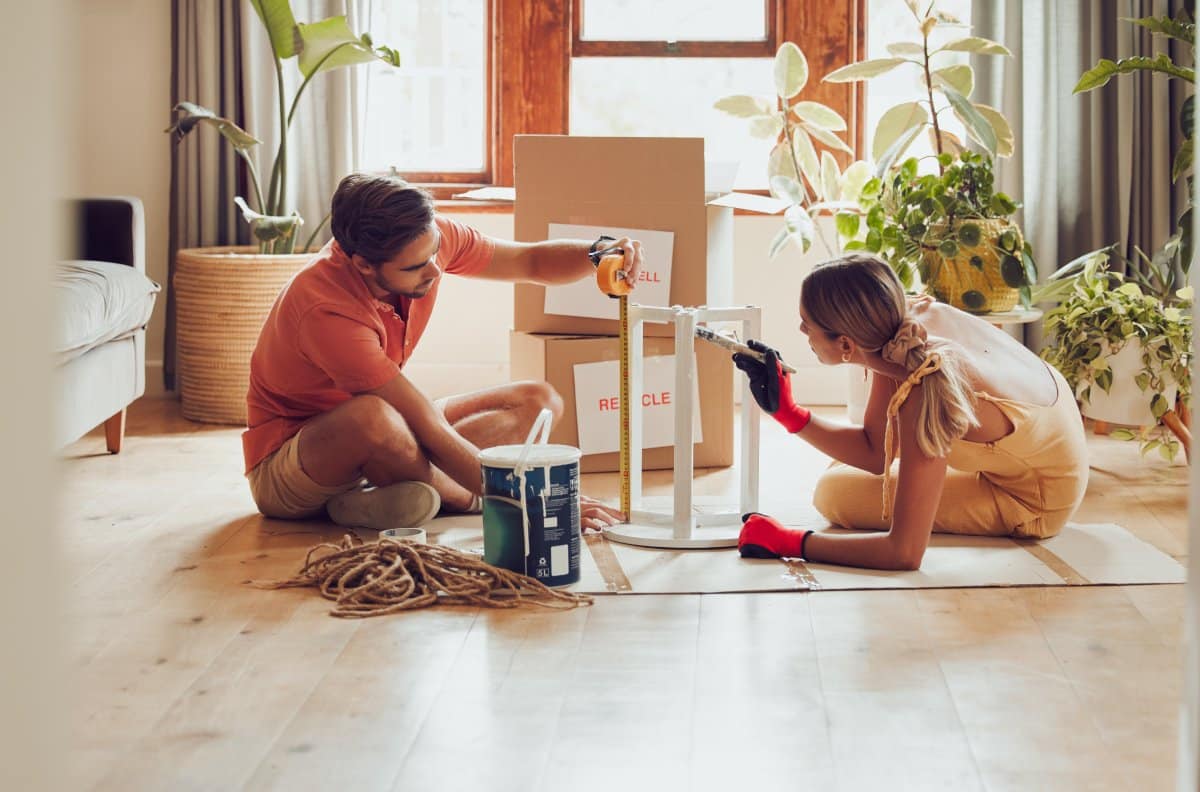Art and sustainability might seem like an unlikely pair, but together, we can use creativity to make a significant impact. Let’s explore 18 surprising ways our passion for art can contribute to a more sustainable world.
1. Upcycling Materials
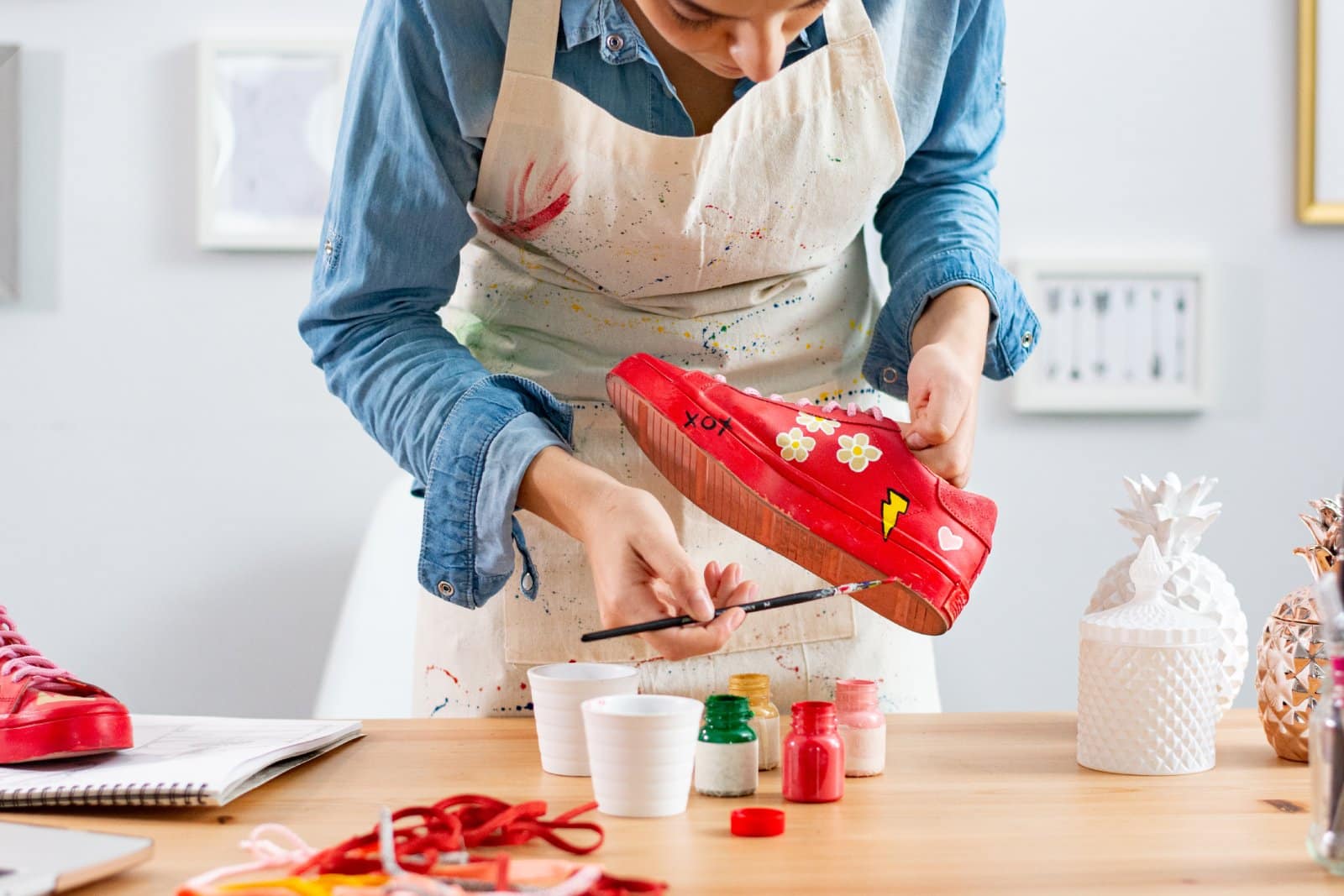
Together, we can transform everyday waste into beautiful art pieces. By upcycling materials, we reduce landfill waste and give new life to discarded items.
2. Using Eco-Friendly Supplies
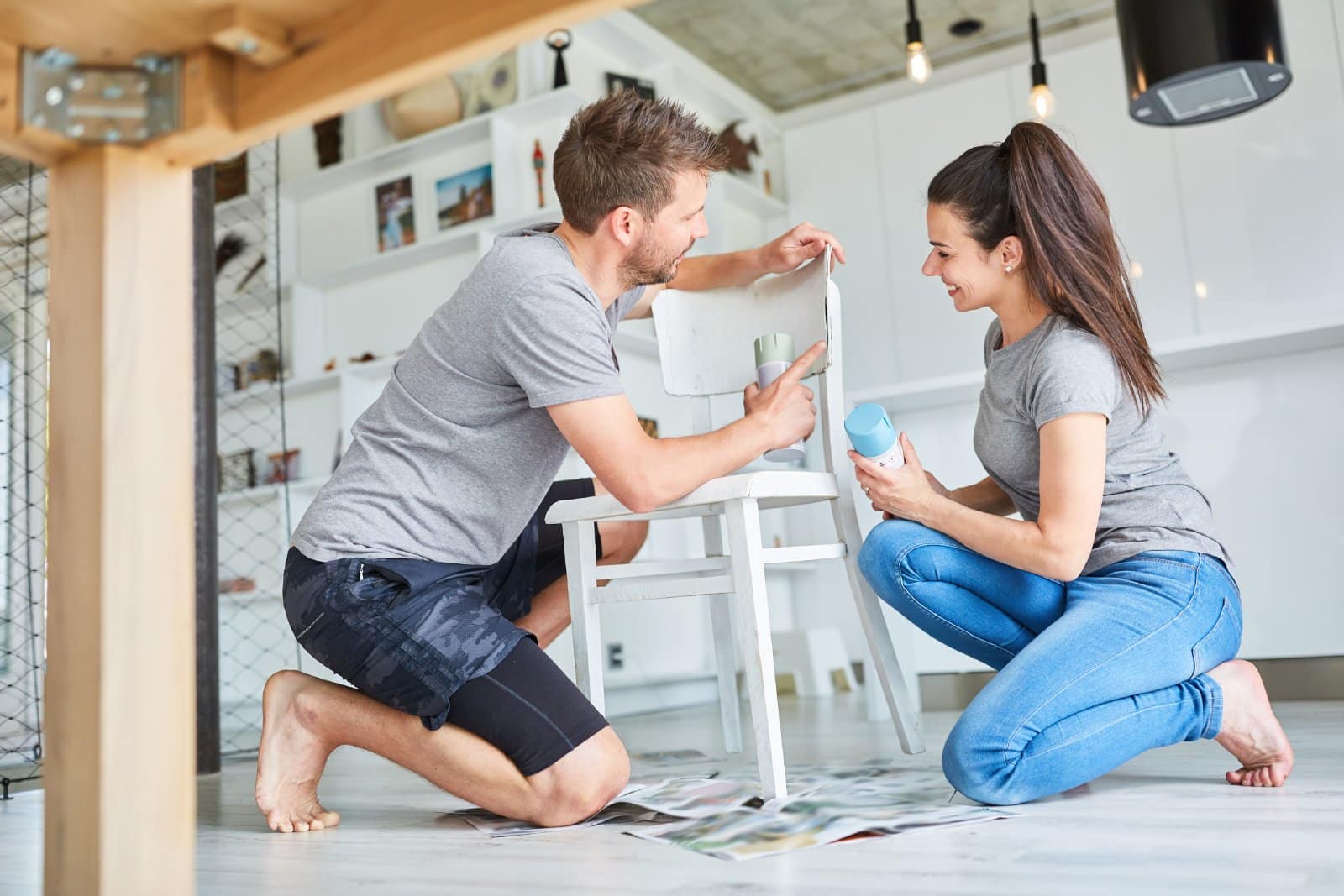
Let’s choose eco-friendly art supplies. Natural dyes, recycled paper, and non-toxic paints not only create stunning works but also minimize our environmental footprint.
3. Creating Awareness
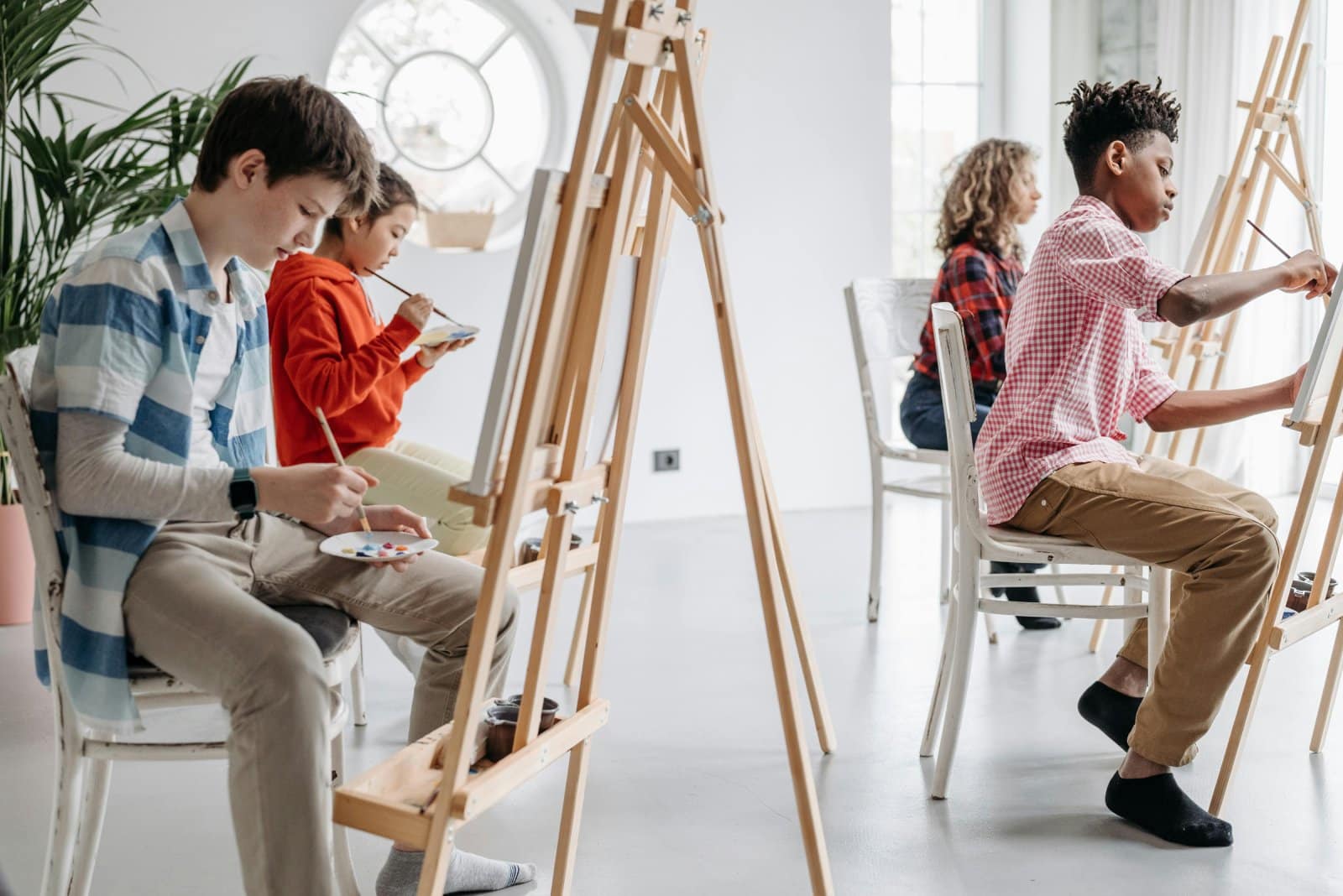
Our art can be a powerful tool for raising awareness about environmental issues. Through compelling visuals, we can inspire others to take action for sustainability.
4. Supporting Local Artists
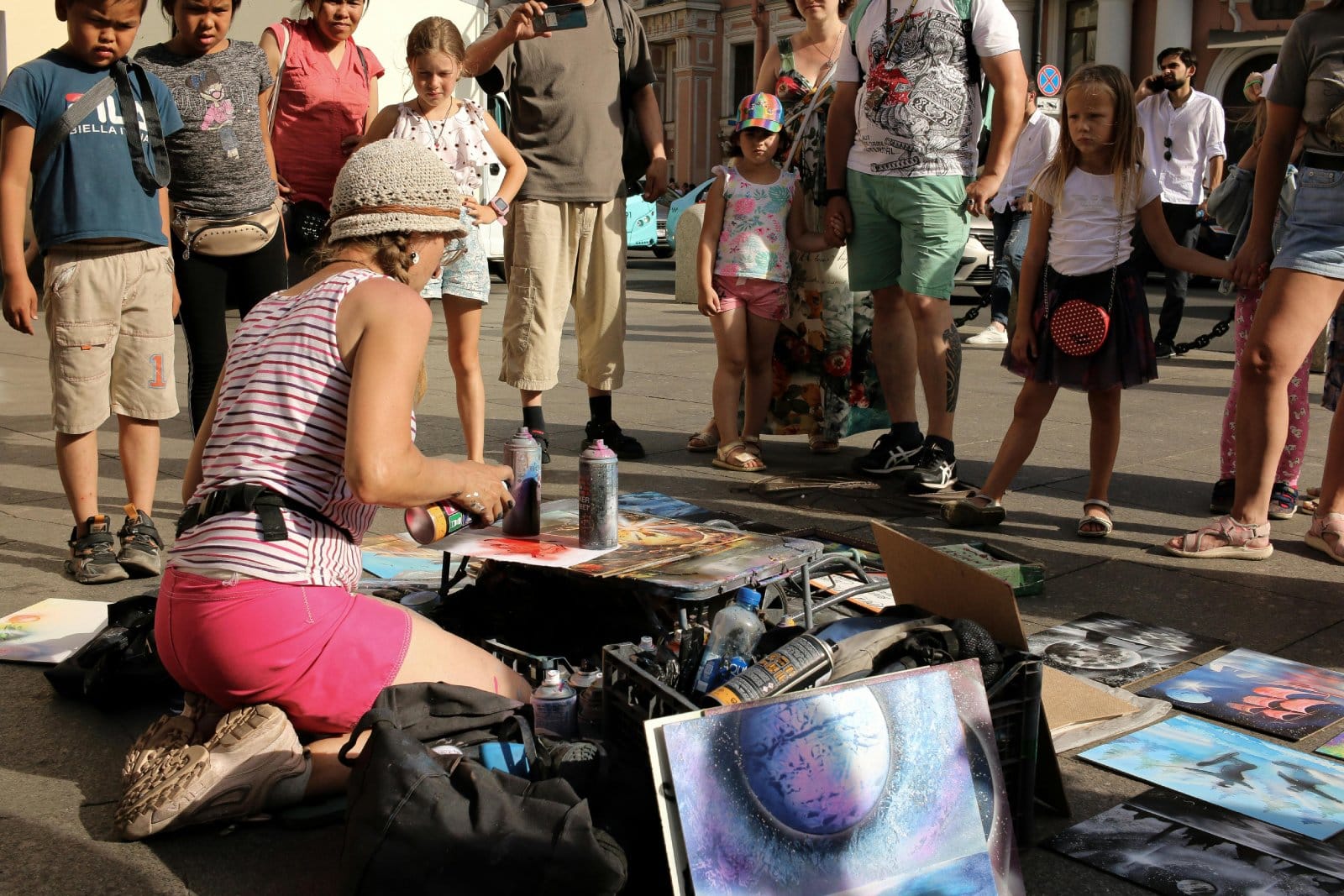
By supporting local artists, we reduce the carbon footprint associated with shipping and promote community-based economies. Our local purchases make a global impact.
5. Repurposing Old Artwork
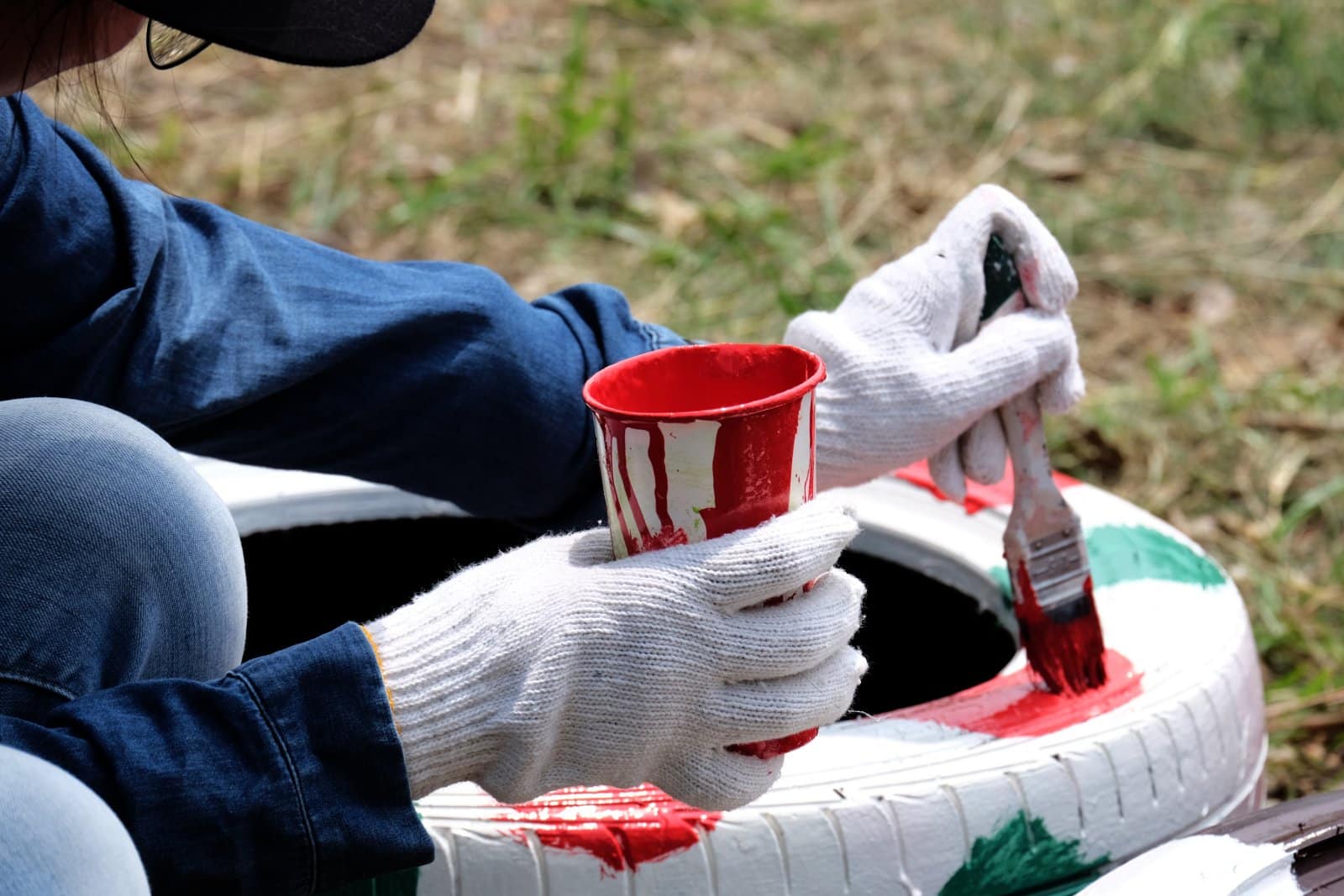
We can breathe new life into old or damaged artwork by repurposing or restoring it. This practice saves resources and preserves artistic history.
6. Hosting Eco-Friendly Exhibits
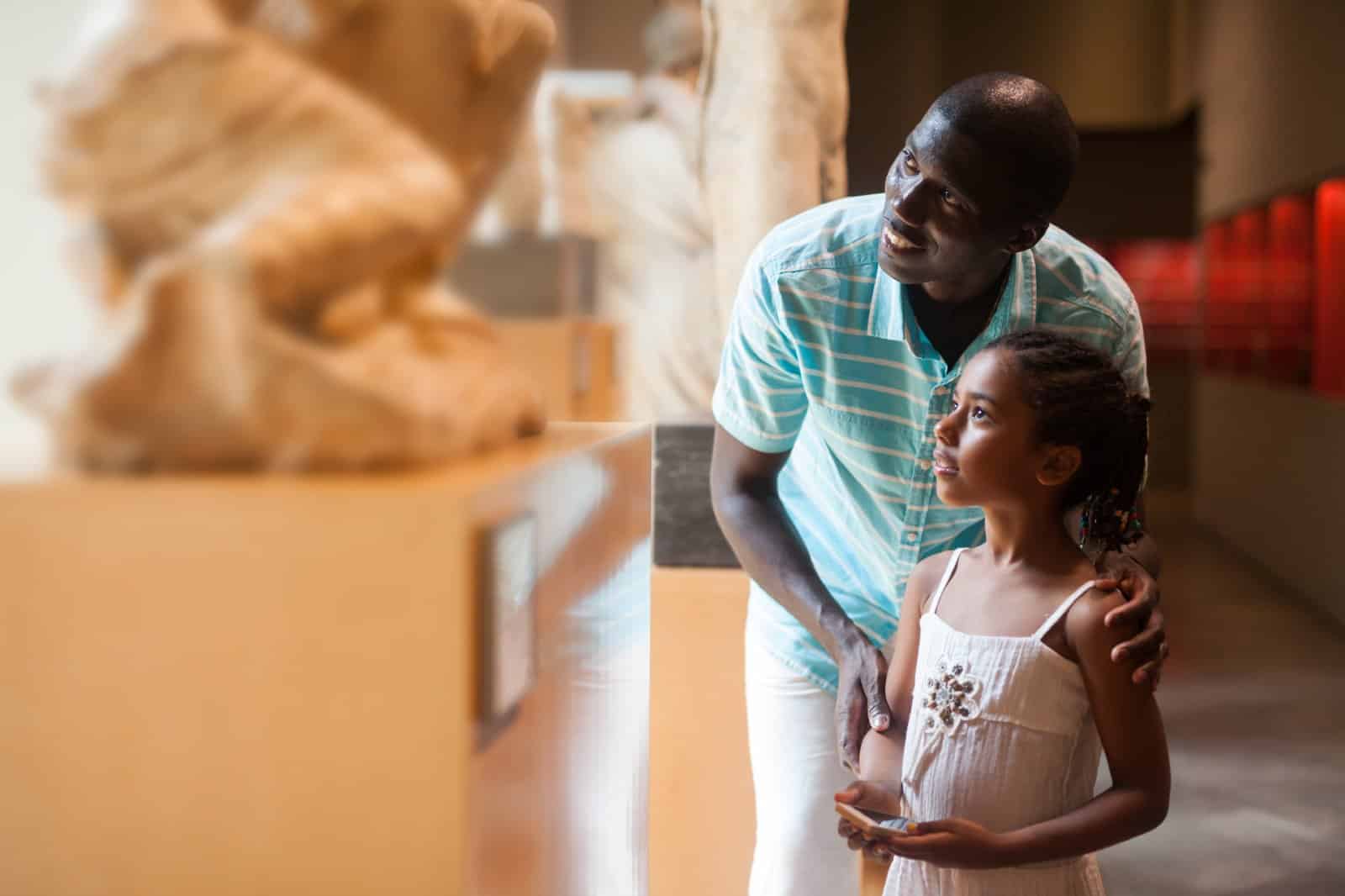
Let’s organize exhibits that emphasize sustainability. Using recycled materials for displays and minimizing waste at events sets a positive example for others.
7. Art as Sustainable Decor

We can use our artistic talents to create sustainable home decor. Handmade pieces from natural or recycled materials are unique and eco-friendly.
8. Educating Through Workshops

By hosting art workshops focused on sustainability, we can teach others how to create beautiful pieces while being mindful of the environment.
9. Promoting Digital Art
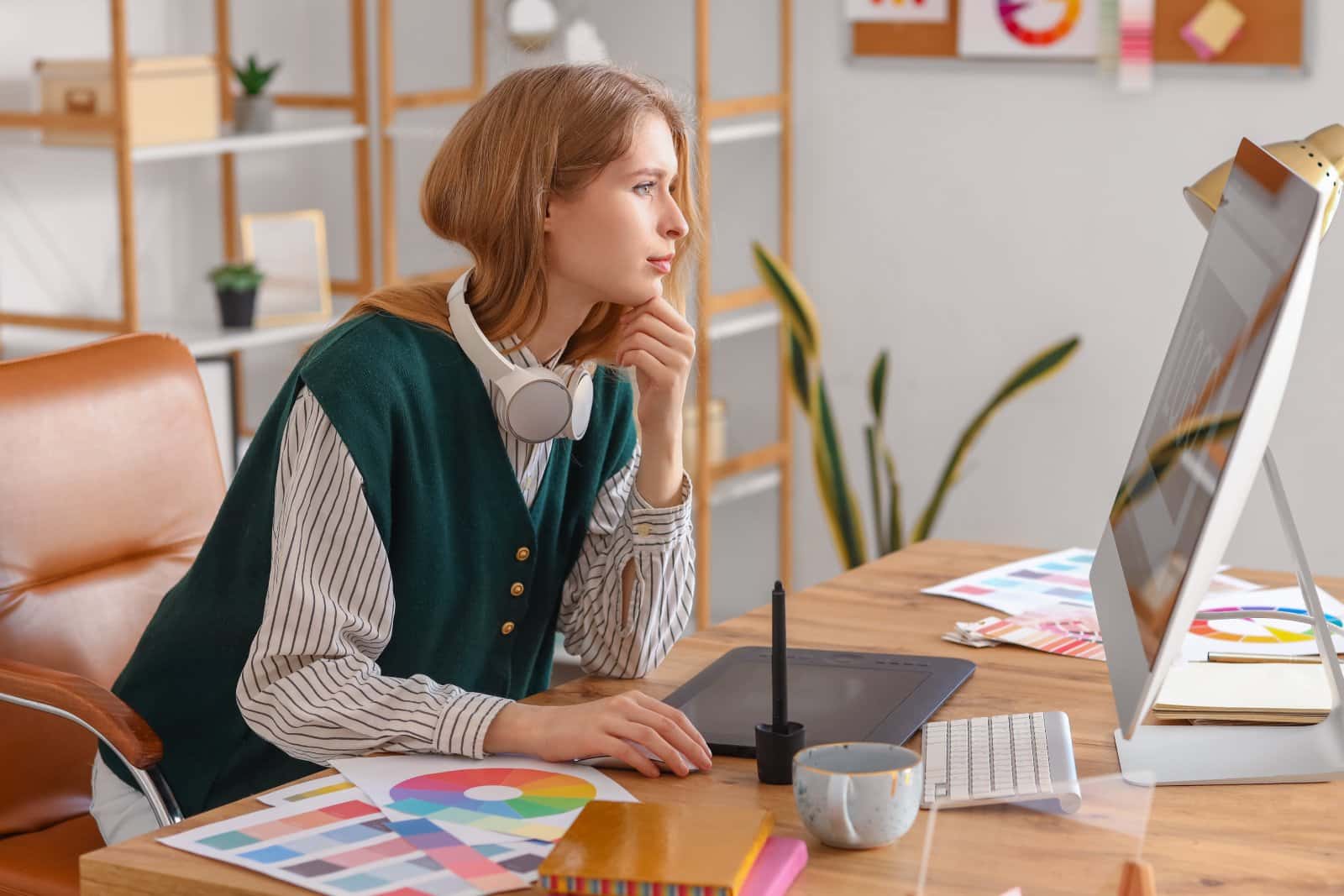
Digital art eliminates the need for physical materials and reduces waste. It’s a modern, sustainable way to express our creativity.
10. Collaborating on Public Art Projects

Public art projects made from sustainable materials can beautify our communities and educate the public about environmental stewardship.
11. Advocating for Sustainable Practices
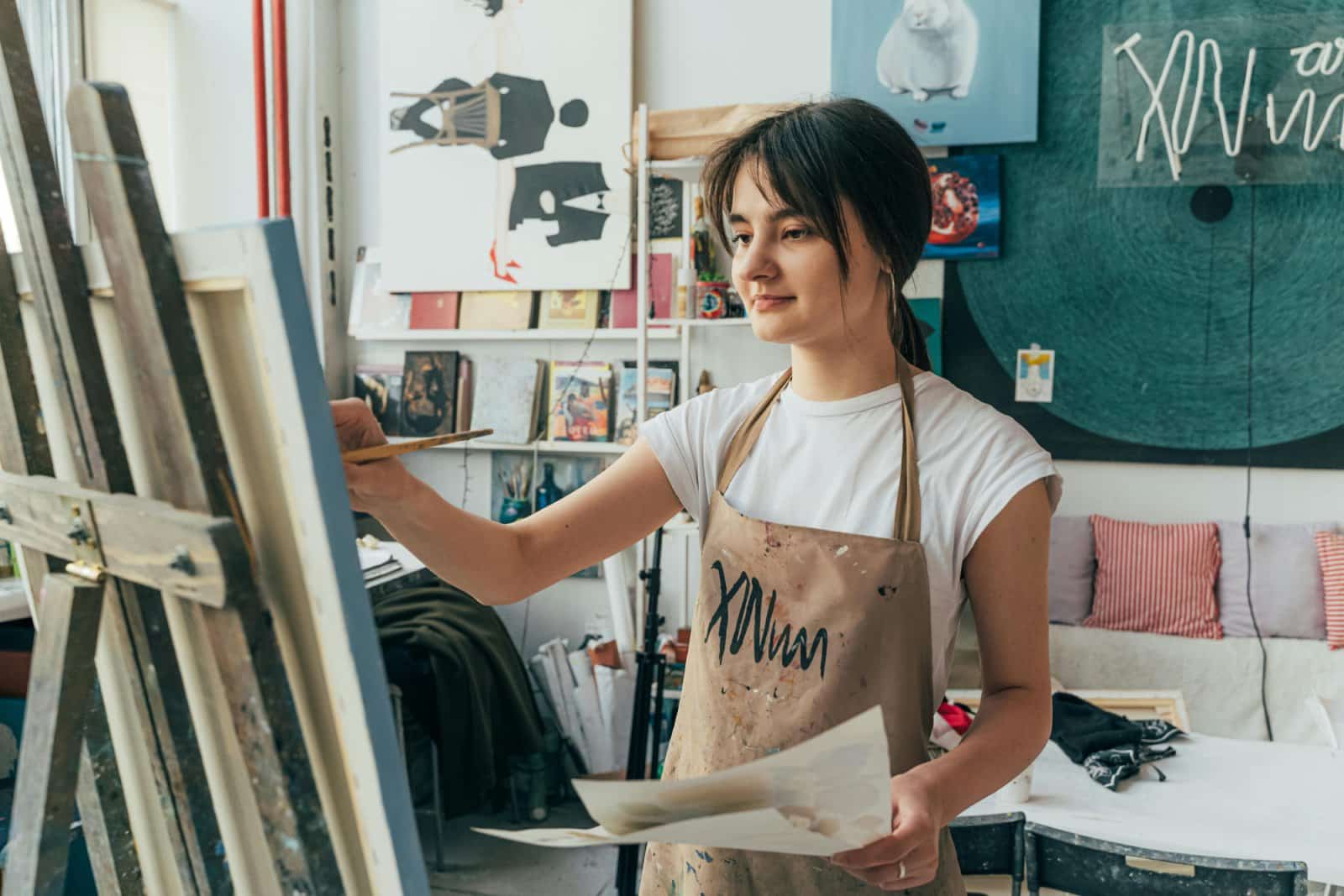
Through our art, we can advocate for sustainable practices in various industries. Visual messages are powerful tools for driving change.
12. Recycled Art Competitions
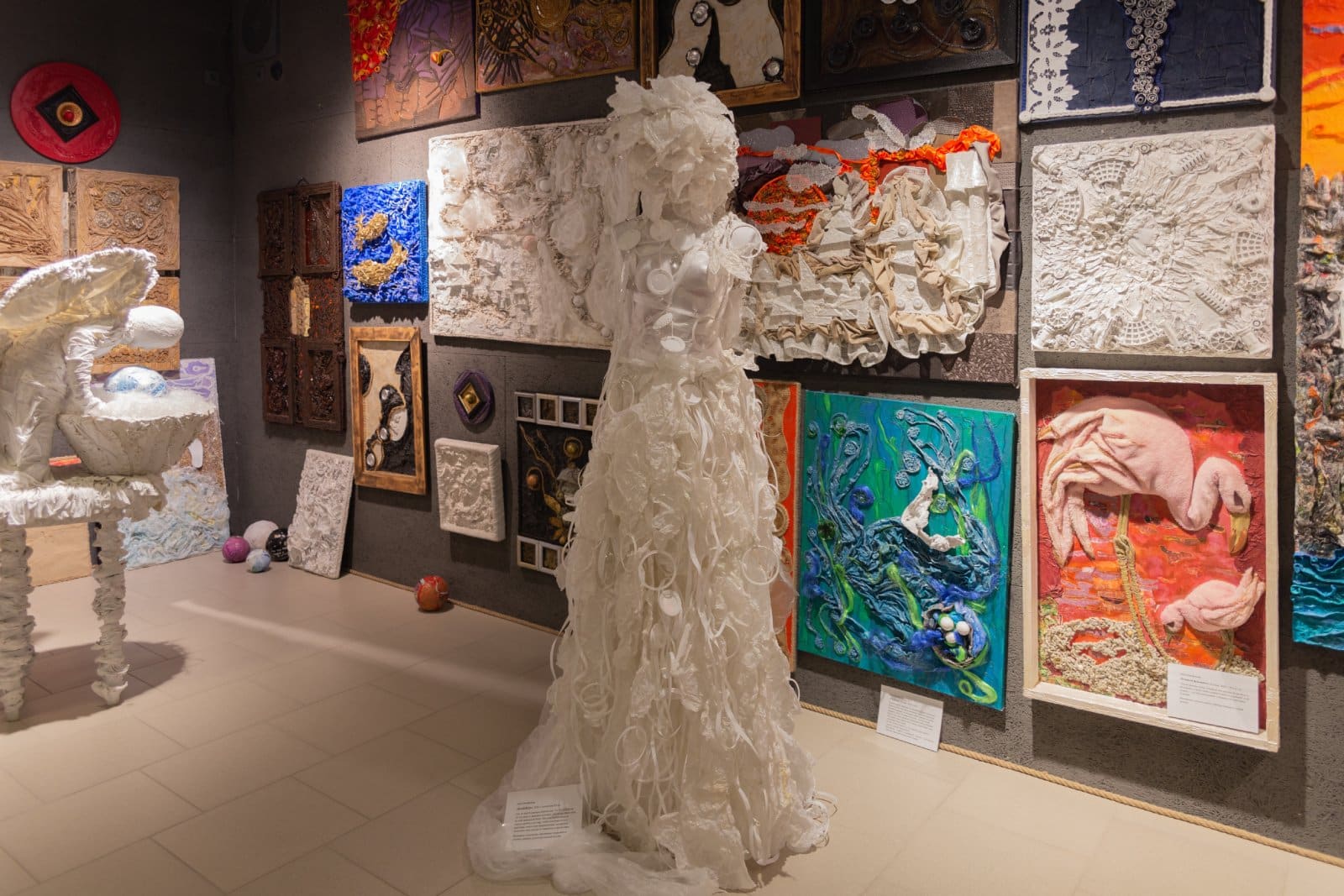
We can participate in or organize recycled art competitions. These events encourage creativity while promoting the benefits of recycling.
13. Art Installations in Nature

Creating art installations in nature using natural materials can highlight the beauty of the environment and the importance of preserving it.
14. Upcycled Fashion

Designing fashion pieces from upcycled materials is a stylish way to promote sustainability. Our unique creations can inspire others to rethink their clothing choices.
15. Zero-Waste Studios
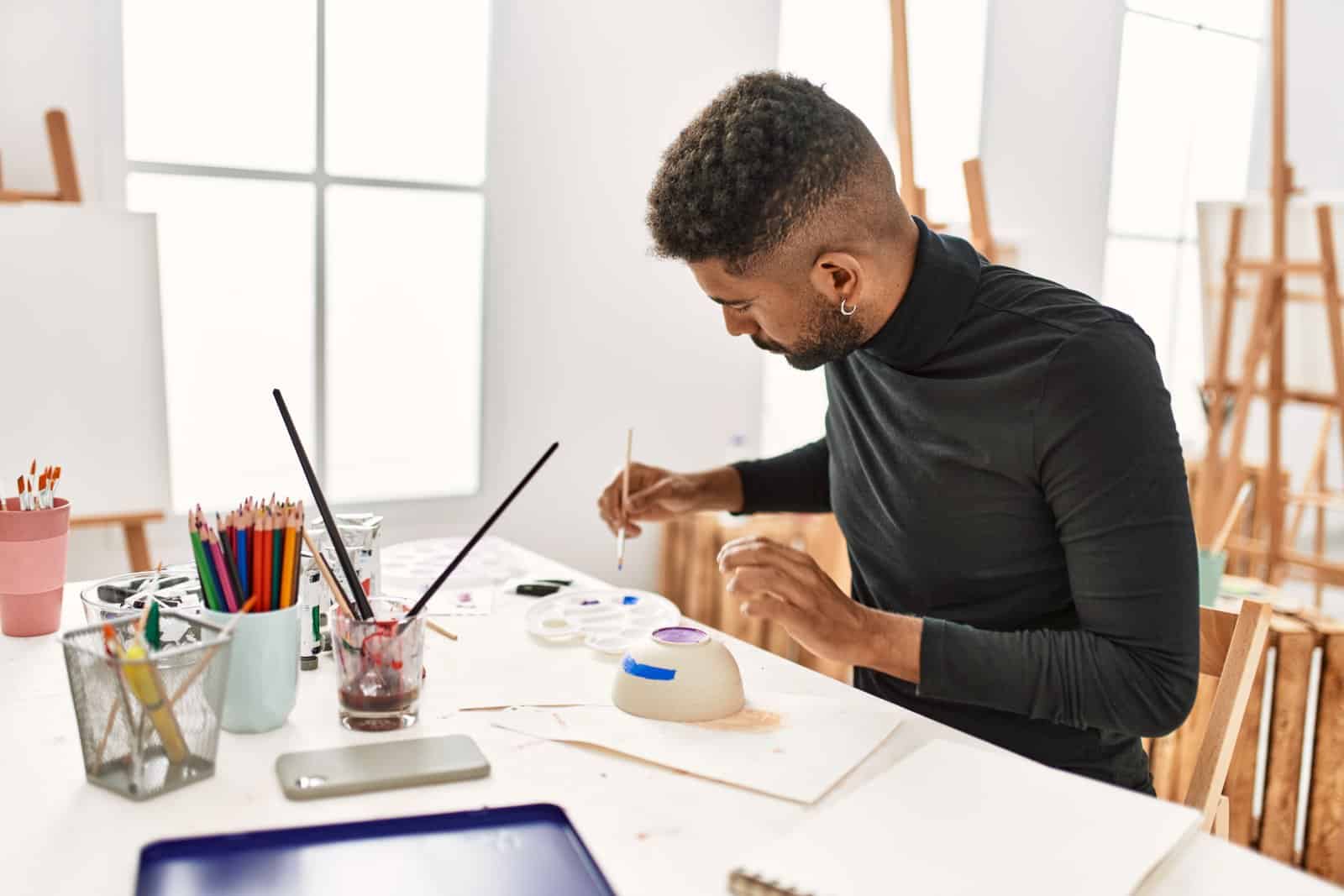
Let’s aim for zero-waste in our art studios. By carefully managing our supplies and recycling scraps, we can create art with minimal environmental impact.
16. Art Fundraisers for Environmental Causes
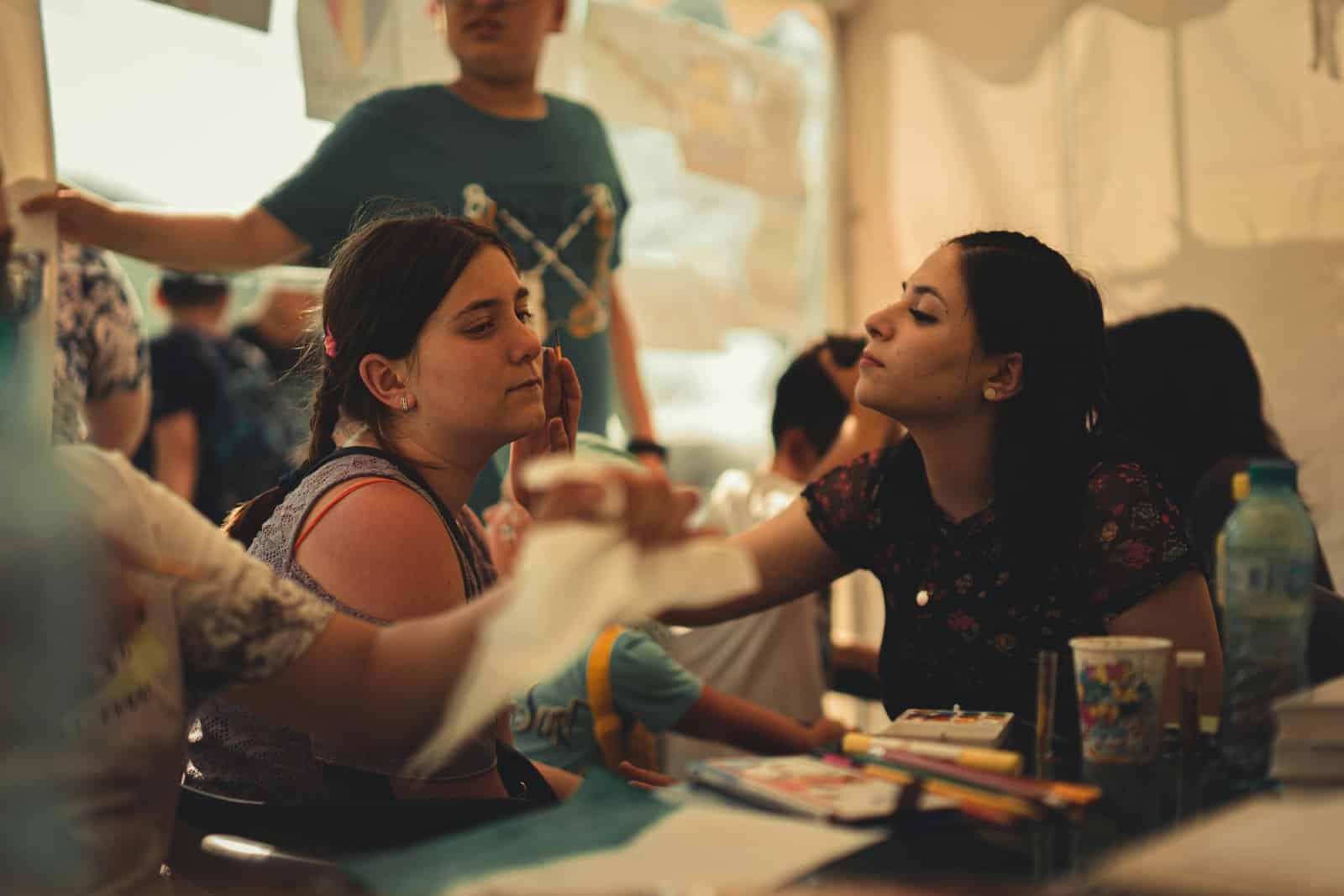
Organizing art fundraisers can support environmental causes. Donating proceeds from our artwork to eco-friendly organizations amplifies our impact.
17. Sustainable Photography
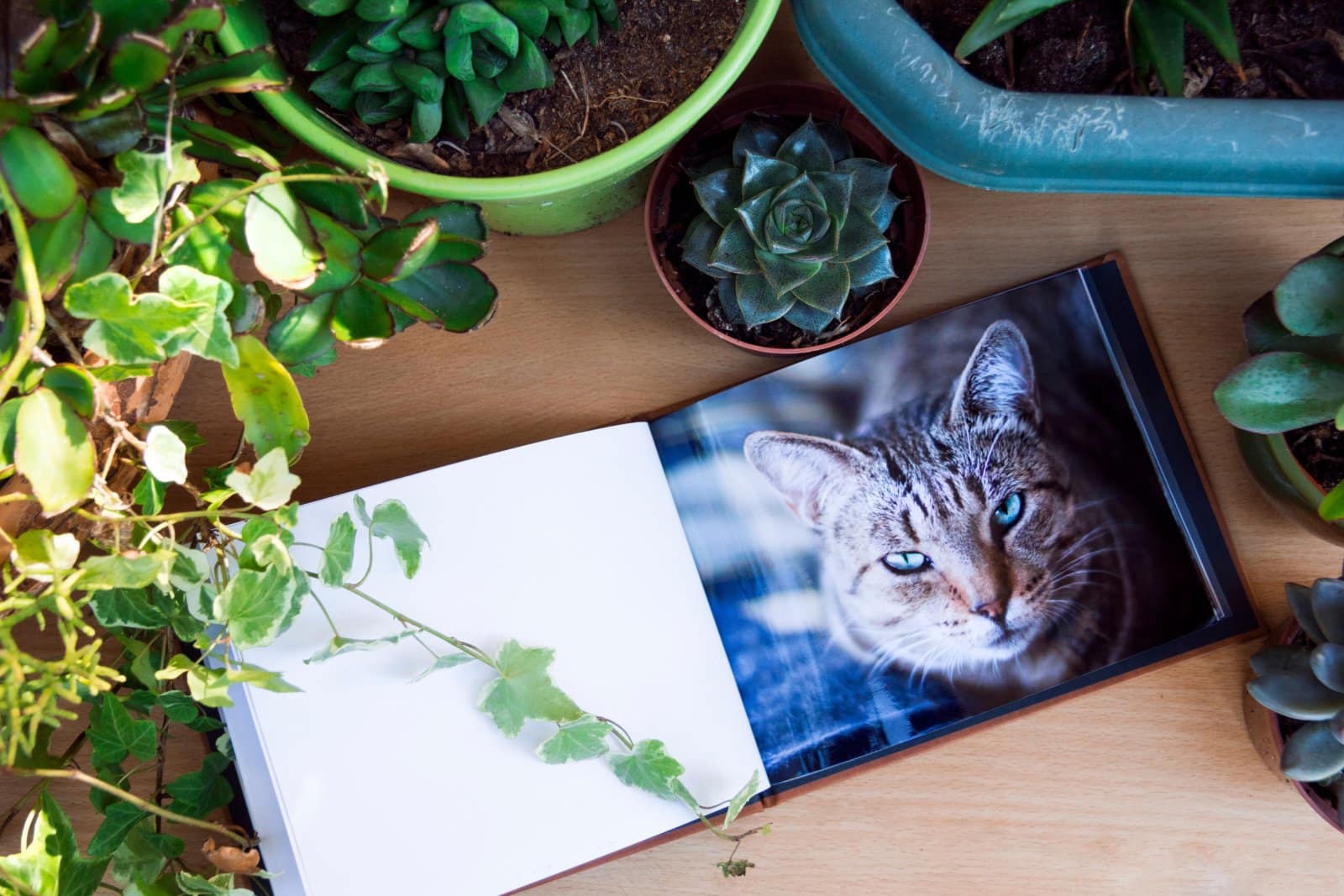
We can practice sustainable photography by using digital formats, minimizing prints, and opting for eco-friendly photo books. Our snapshots can tell stories of sustainability.
18. Sharing Our Journey
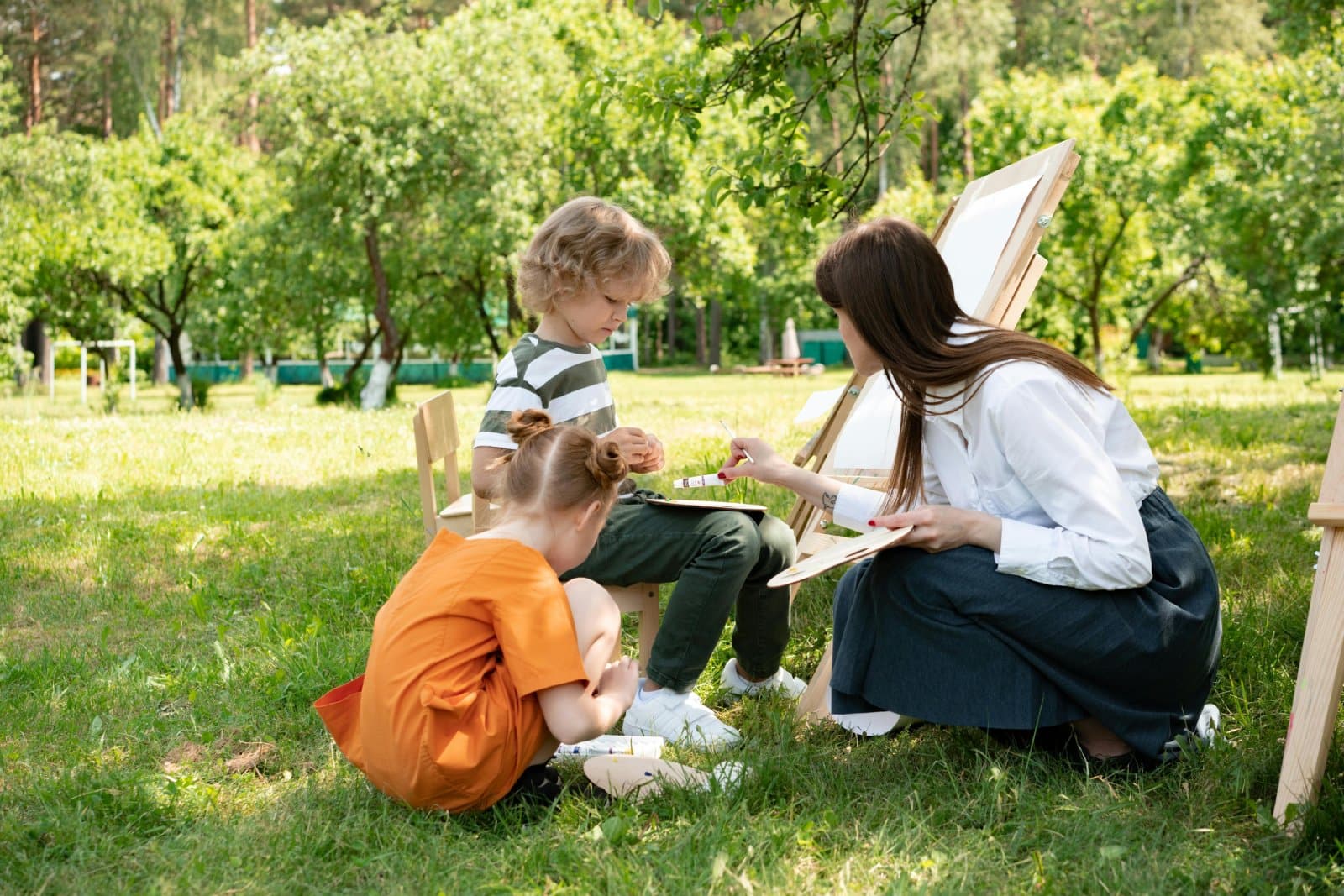
By sharing our sustainable art practices and stories, we inspire others to join the movement. Our collective efforts can spark a larger change towards sustainability.
Art for a Greener Tomorrow
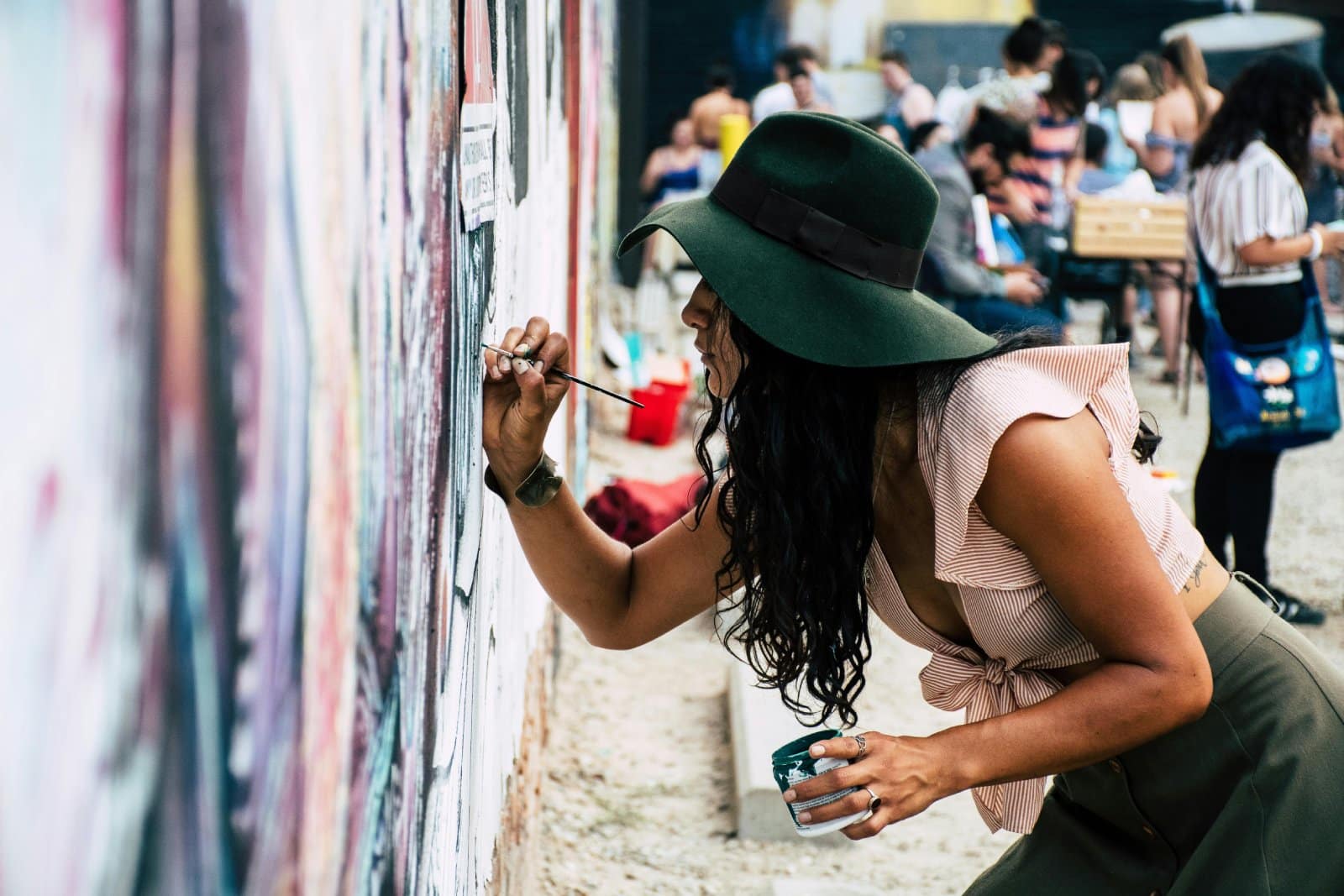
Together, our creative efforts can make a real difference. By integrating sustainability into our art, we contribute to a healthier planet and inspire others to do the same. Let’s continue to create, educate, and advocate for a greener tomorrow through our artistic endeavors.
Featured Image Credit: Shutterstock / PeopleImages.com – Yuri A.
The content of this article is for informational purposes only and does not constitute or replace professional financial advice.
For transparency, this content was partly developed with AI assistance and carefully curated by an experienced editor to be informative and ensure accuracy.

